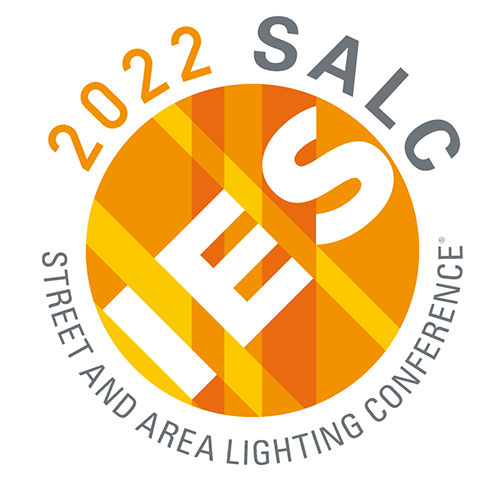Converting to LED streetlights without increasing light pollution
9:05 AM - 9:35 AMWed
Landmark ABC
Speakers
Sponsors and Session Powerpoints
 Converting to LED Streetlights - PDF
Converting to LED Streetlights - PDF
The natural night sky and nocturnal environment are vital resources for ecological systems and visitors' experience in national parks. Inappropriate lighting can increase light pollution, and skyglow can be seen from as far as 200 miles away. Many cities are investing in new light-emitting diodes (LED) to reduce energy consumption and maintenance costs of streetlights but do these lighting retrofits decrease or increase light pollution? To answer this question, the US National Park Service Night Skies Program led a study to document changes in night sky brightness resulting from a countywide lighting retrofit. The retrofit took place in Chelan County, a gateway community to North Cascades National Park and Lake Chelan National Recreation Area in Washington State. The county retrofitted all 3,693 county-owned high-pressure sodium (HPS) streetlights to fully-shielded LEDs. We used a calibrated camera to measure the changes before and after the retrofit. Images of the night sky showed that the light dome became brighter and extended higher into the sky, making skyglow worse. This study indicates that the LEDs must have warmer color (< 3000 K) or be more than 50% dimmer than HPS to reduce skyglow. This work helps inform park managers and other cities worldwide on how to convert to LED streetlights without increasing light pollution.
